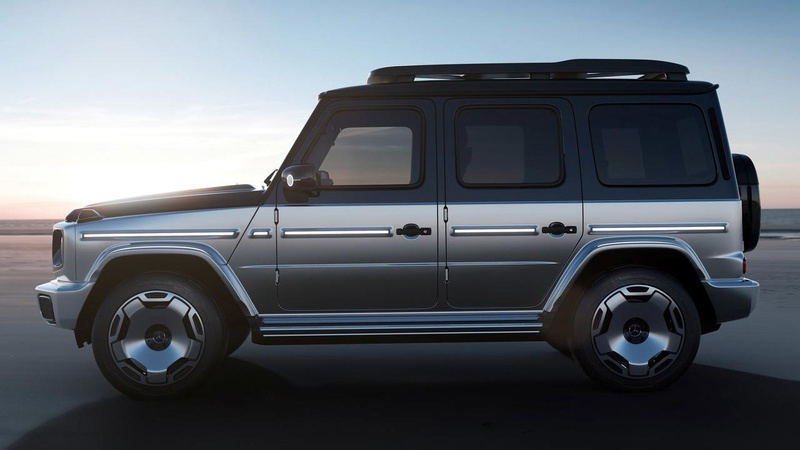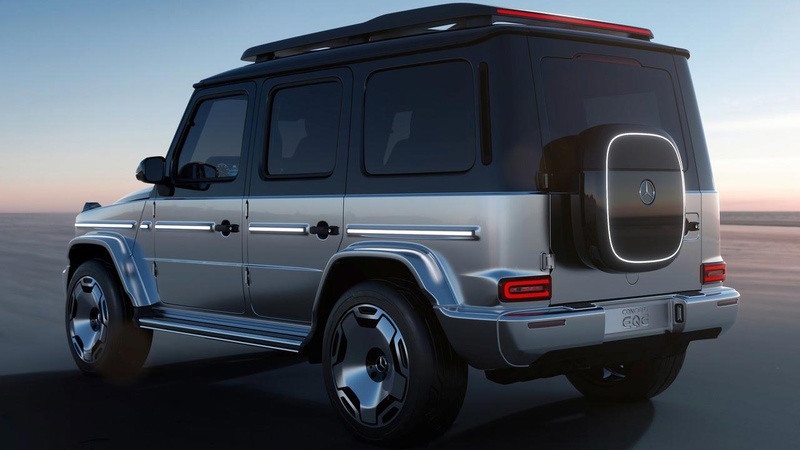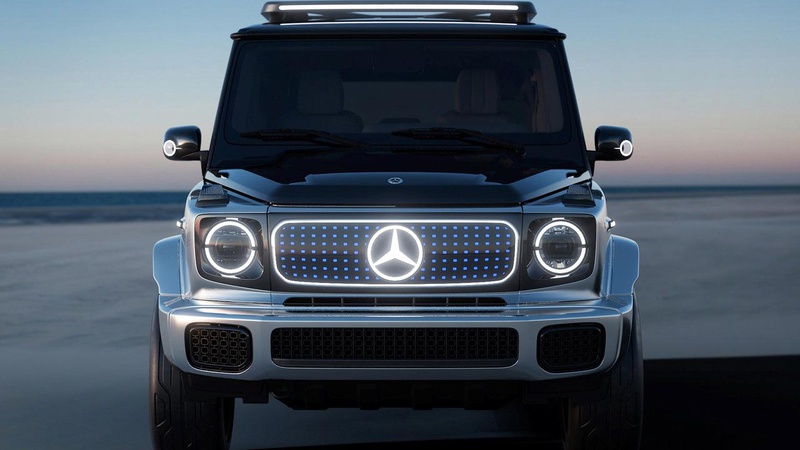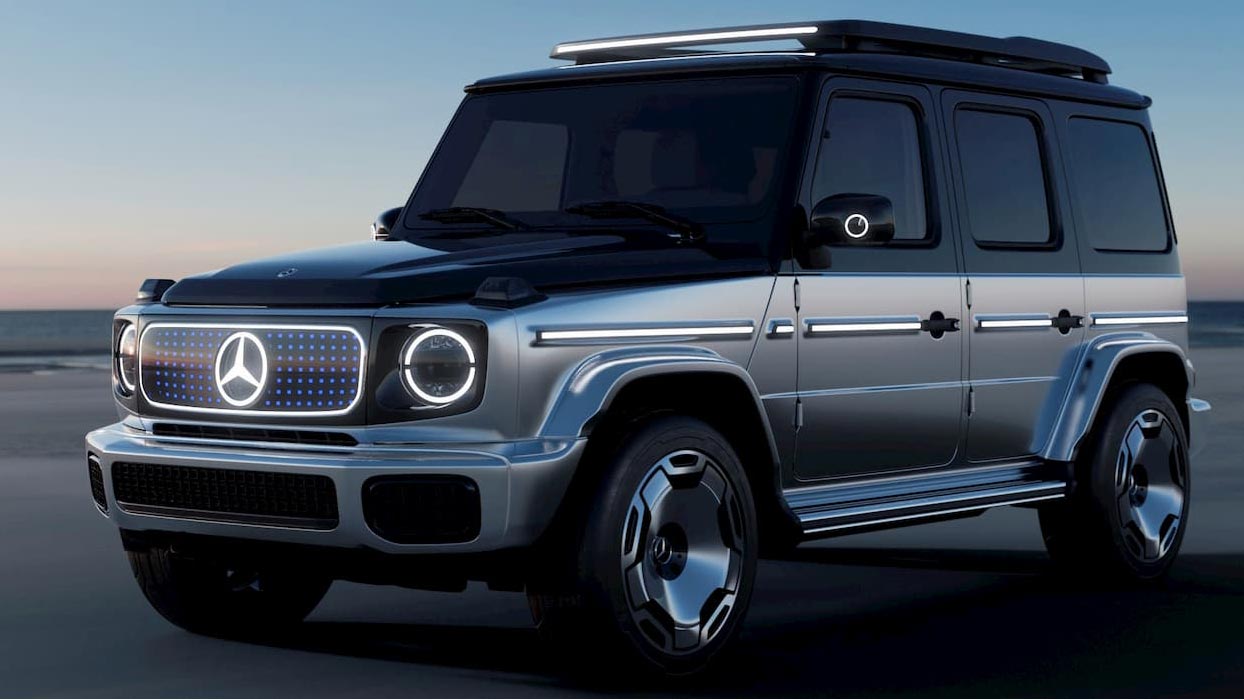Mercedes has partnered with California-based battery materials company Sila Nanotechnologies to use its new "Titan Silicon" battery material in the upcoming EQG electric vehicle. The material has been in development for several years and is now commercially available, with Sila claiming it is a "market-proven, safe and clean full graphite anode replacement engineered for mass scale to dramatically boost EV performance."
In practical terms, the use of Titan Silicon in the EQG is expected to result in a 20% increase in range compared to existing battery technology, as well as faster charging times. The material is also more environmentally friendly, generating 50% to 75% less CO2 per kWh during production than graphite, and can store 10 times more charge than graphite.



2021 Mercedes-Benz EQG Concept
Sila hopes to have its Titan Silicon material powering 1 million EVs by 2028, with the EQG being the first vehicle to use it. The EQG is expected to launch in late 2024 and will feature a quad motor layout, which will provide a significant amount of power. With the help of Titan Silicon, the EQG is also expected to have a range of over 300 miles.
Although the EQG's interior and overall design are expected to be nearly identical to the regular G-Class, there will be one or two elements that help distinguish it as an EV. The vehicle is also likely to share a chassis with the ICE G-Wagon, which is due for a mid-life facelift later this year.
Given that the ICE-powered G-Class starts at $139,900, it is estimated that the EQG will have a starting price in the range of $150,000 to $175,000.
Source: Electrek

